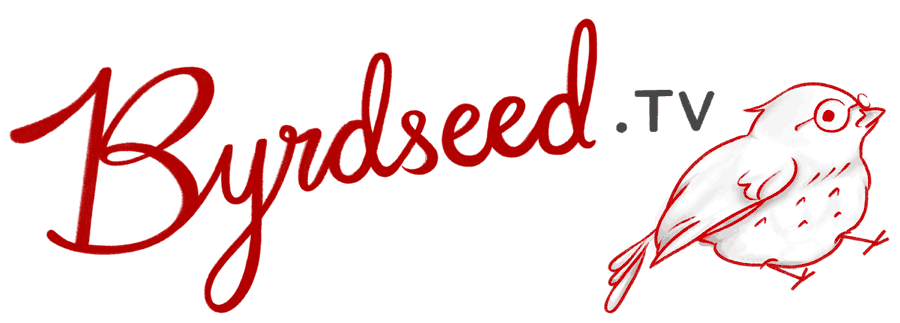Lesson Design
How to plan better lessons using a variety of models of instruction.
 PD
PDAs a new teacher, I only knew one model of instruction: Direct Instruction. I was like a chef who only knew how to deep fry!
 PD
PDMy early lessons didn’t even have objectives, let alone good objectives! Here’s how to build four-part, differentiated lesson objectives.
 PD
PDHere’s how one teacher uses inductive thinking to help students respond to literature.
 PD
PDWith inductive thinking, students will work from parts to whole, discovering big ideas along the way!
 PD
PDWho would win in the Tournament of Least Useful Geometric Shapes or Bravest Shakespearean Characters? Create an academic tournament and watch your students’ brains sweat!
 PD
PDWhat separates difficulty from complexity? And why do complex tasks lead to much more natural differentiation?
 PD
PDIn a Concept Attainment lesson, we give students examples and non-examples of a concept — without telling them what that concept is!
 PD
PDTake direction instruction beyond a monotonous practice of the same skill over and over.
 PD
PDLearn to lead a lesson that is built entirely on student curiosity.
 PD
PDA delightfully ambiguous framework that is quick to prepare, but can last forever!
 PD
PDAfter looking at dozens of lessons folks sent in, I came up with three big ideas to address.
 PD
PDJust because a task is “creative” doesn’t mean students are at the top of Bloom’s Taxonomy.
 PD
PDHere’s a simple task that will add complexity to any content from any grade level!
 PD
PDWhat would it be like if students graphed characters from stories? Historic leaders? Elements from the period table? Objects in space?
 PD
PDRather than just learning about one structure, let’s climb Bloom’s and think more deeply.
 PD
PDAnalyze is like a gateway that connects the lower- and higher-levels of Bloom’s. But make sure you’re truly asking an Analyze-level question!
 PD
PDA high level of thinking in math also requires the support of thoughtful scaffolding.
 PD
PDWant your students to ask better questions? Why not train them to inquire!?
 PD
PDWhy just “identifying patterns” isn’t deep enough.
 PD
PDThe word “Create” can mask low-level tasks. Here’s why I avoid using it in objectives.
 PD
PDWhile “engagement” is fun, it shouldn’t be our main goal.
 PD
PDComparing fraction strategies? Let’s take it even further!
 PD
PDSo your students can identify a story’s problem and solution. Then what?
 PD
PDGo beyond merely explaining strengths and weaknesses and get students thinking in interesting ways.
 PD
PDThis math puzzle wasn’t so puzzling. What went wrong?
 PD
PDA big, impressive product doesn’t mean that there was big, impressive thinking.
 PD
PDHow to use a classic to revamp a study of context clues.
 PD
PDA model of instruction that moves from specific examples to concepts to one big idea.
